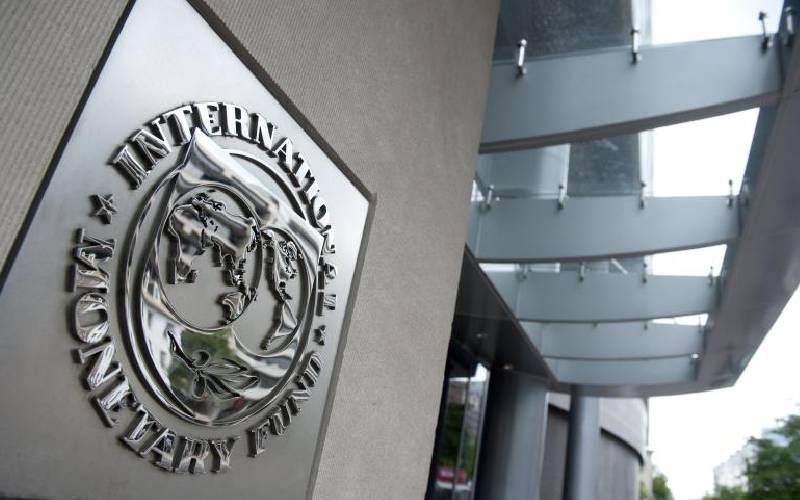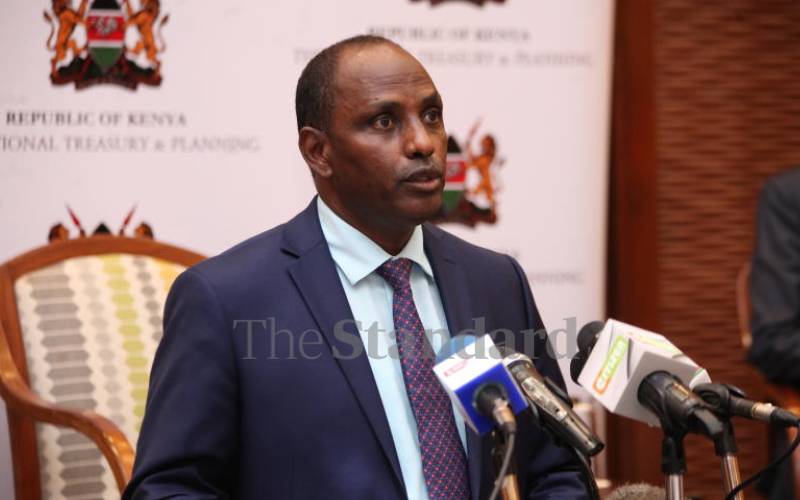
The logo of the International Monetary Fund (IMF) at the organization's headquarters in Washington, DC, May 16, 2011. [Courtesy]
While Kenya joined the International Monetary Fund (IMF) in 1964, it took 20 years for the country to approach the institution for its first bailout loan.
The circumstances the country finds itself in today, save for the pandemic, are eerily similar to those of the 80s, which spilled into the 90s. These decades cemented Kenya’s relationship with the IMF.
The IMF has become the lender of choice when the country finds itself in dire financial straits.
Back in the 80s, Kenya was experiencing record inflation, with the government strapped for cash following years of stagnant revenue growth.
In 1984, Kenya and the IMF put pen to paper on a Sh7 billion loan disbursed in two tranches; Sh3.5 billion in May and another similar amount in August.
After that, the country borrowed from the institution nearly
every year for the next decade. In between, Kenya faced the crippling
economic effects of a suspension of aid from bilateral and multilateral
donors following the acrimonious 1992 General Election.
Treasury Cabinet Secretary Ukur Yatani. [Wilberforce Okwiri, Standard]
Musalia Mudavadi took over as Finance minister a year later. He inherited an economy in tatters, with prices of food and other essential commodities high. There was excess cash circulating in the market after the government printed money to use in the elections, which created hyperinfation as too much money chased too few goods.
Mudavadi oversaw the privatisation of State corporations, won back donor confidence to bring back foreign aid, and helped streamline the banking industry at a time when interest rates were as high as 45 per cent in some institutions. He also refused to pay pending government bills for dubious projects.
Kenya then signed on to the infamous structural adjustment programmes, which were rolled out in governments across the continent, including Cameroon, Ghana, Nigeria, Senegal, Tanzania, Zambia and Zimbabwe.
They were meant for countries that had taken extended credit facilities from the IMF and the World Bank.
Under the programmes, the government was to commit to restructure the public sector by radically trimming the civil service to cut the wage bill. This resulted in retrenchments across government ministries and departments. Other reforms were to privatise key State firms, eliminate price controls and remove foreign exchange controls to facilitate Kenya’s deeper integration with the global economy.
Overall, Kenya has gone to the IMF 19 times between 1984 and May 2021, four of these times to purchase special extended credit facilities for structural adjustments, such as the 1984 deal.
When Finance Cabinet Secretary Ukur Yatani found himself in an equally tight spot as his predecessors, the IMF was a necessary ally. He secured Sh256 billion deal in April, which will be disbursed over three years.




No comments :
Post a Comment